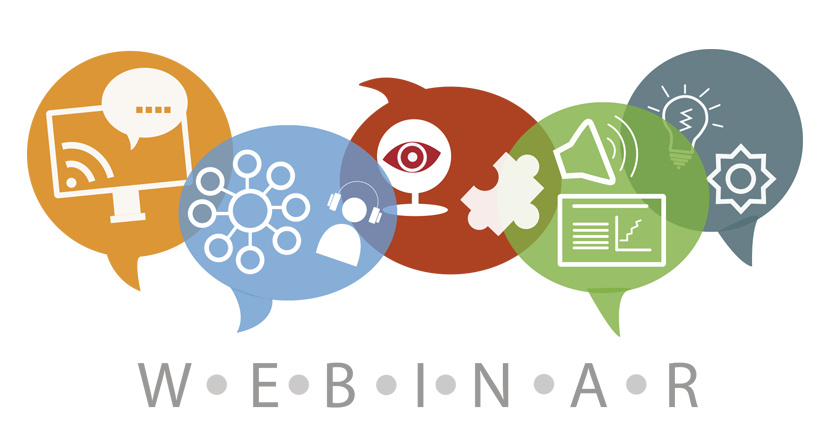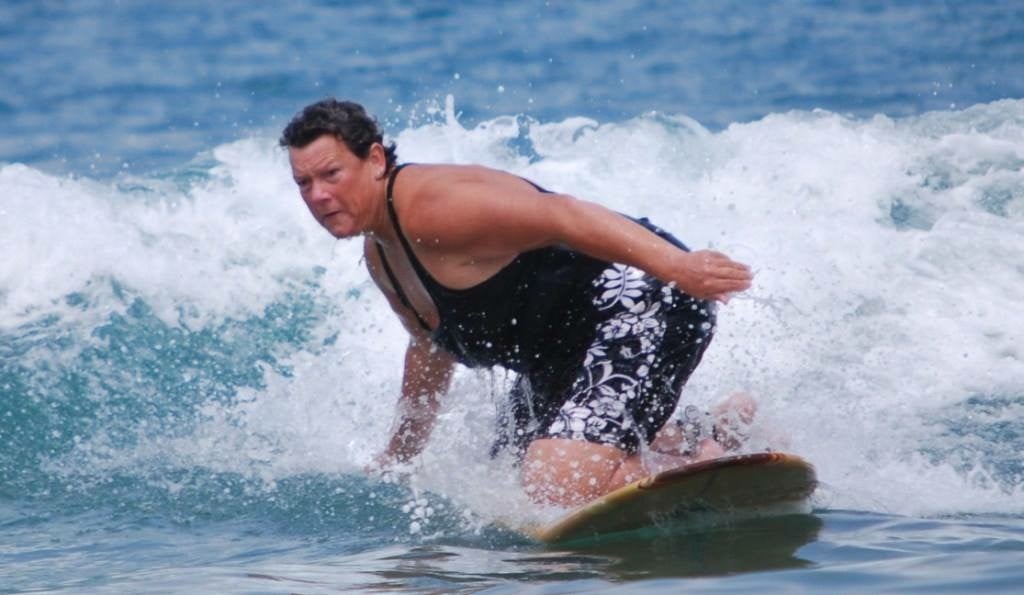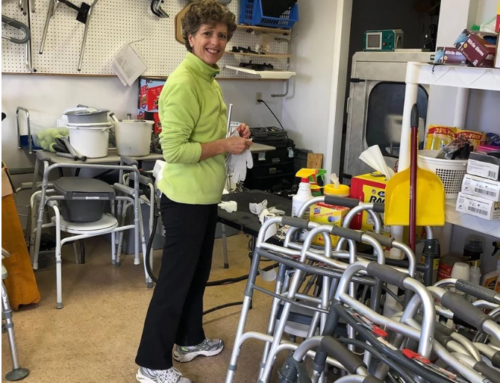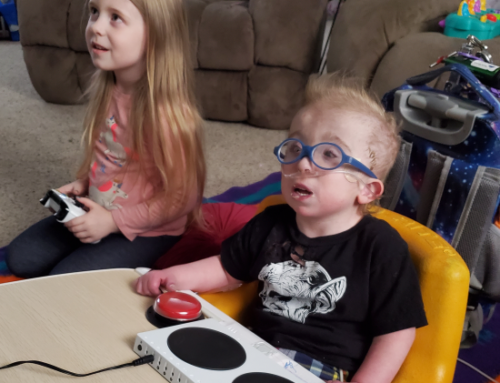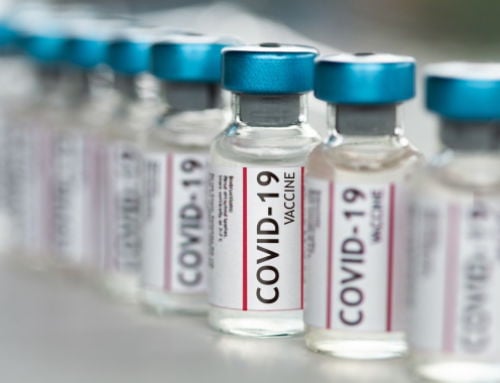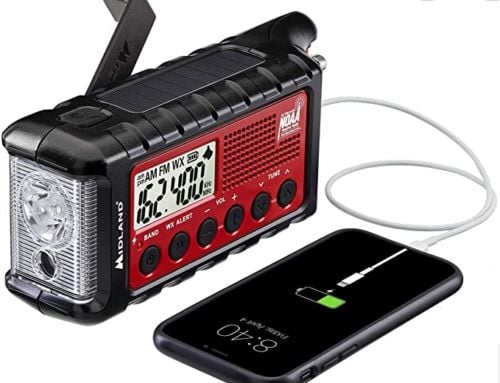The Great Mask Dilemma: Staying Safe And Communicating While Deaf

Thank you, Elaine Morse, MSW, LICSW, for explaining some unintended consequences of face masks on the d/Deaf community and the challenges to sewing a solution.
Update: this article discusses using clear face shields as a solution instead of masks. Since publication, face shields have been disproven as effective protection from COVID-19 and its variants. The CDC recommends close-fitting face masks made of two washable fabric layers.
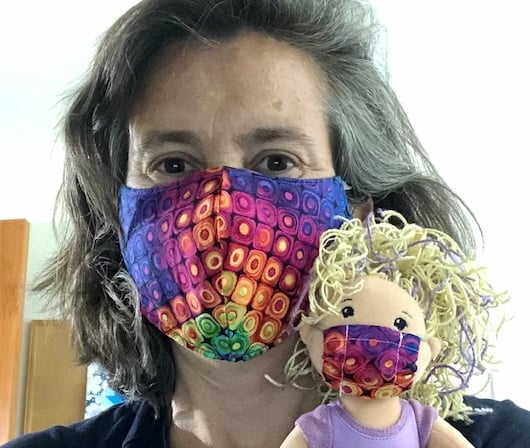
This summer, Columbia College is holding a “Workshop in Fashion Studies: The Accessible Mask Project.” The course is a collaboration between the ASL and Fashion Studies departments to develop clear mask prototypes and help alleviate the impact mask mandates are having on communication for people who are deaf or hard of hearing. It’s a problem Elaine Morse knows all too well. Elaine is a member of the Vermont Association of the Deaf, has a private therapy practice in Vermont that includes adults and children with disabilities, and has an Etsy store (SewCrazyVermont) where she sells her handmade creations. Ever since the CDC first recommended Americans wear cloth face masks to prevent the spread of COVID-19, Elaine has been posting on Facebook about her struggles to communicate and her efforts to build a better mask. So far, she has added conventional cloth masks with ASL patterns to her Etsy offerings, an ironic role for her, she acknowledges, “Because masks have ruined my life.”
AT3 News and Tips caught up with Elaine to learn more about these communication and maker challenges. If you’re reading this and attending Columbia’s workshop, pay attention! Valuable insights and recommendations follow:
How has the pandemic impacted your quality of life?
At first it was fine. The CDC didn’t recommend masks at all and with the shutdown I transitioned to providing therapy online. That was a pretty easy transition because those of us who are deaf have been using video for a long time and already have the best platform for this (a videophone that we use to make phone calls—you can call another deaf person with the videophone or call a hearing person with an interpreter on the screen).
But everyone else started using Google Meet, which is better for hearing speakers. It is set to show the person speaking and closes out everyone else, so my interpreter disappeared from the screen! I did learn to “freeze” the interpreter on the screen, but this meant I could not see the slides that were being shown. Zoom is a better platform and I have since used this more. I’m told Google Meet now has captions, but I have not yet tried it.
And when everyone started wearing masks?
Once the CDC and the governor recommended masks, life as I knew it pretty much ended. I need to see a person’s entire face and especially their mouth to understand them. Now I have to tell everyone I encounter that I am deaf and I cannot see them with their mask on. If they won’t pull down their masks (and, yes, I back up and leave my mask on), then I have to ask them to write, gesture or I use Otter on my phone (a speech-to-text app that works pretty well).
The most frustrating thing is that all the places that have been generally accessible to me for all my life—the grocery store, doctor’s office, drug store, restaurants—now are not accessible. I’m not used to having to figure out how to access these places on my own and it’s especially stressful in the middle of a pandemic! Now I have to ask for interpreters for medical appointments. Recently I had an emergency (an allergic reaction to a bee sting) and the police and ambulance staff were all wearing masks. That is not fun when you can’t breathe! Also, I want to volunteer in the community, but I can’t since I can’t communicate with anyone.
You wrote on Facebook that the hospital experience was positive: staff quickly switched to masks with windows. Obviously first responders need these masks too.
I’m a good lip-reader, so those Communicator surgical masks with the little window, I can make work. But they don’t work for a lot of people (they’re also impossible to buy). The window is so small you can barely see the lips. [A better option for some clinical settings may be ClearMask, another single-use mask.]
How do masks impact American Sign Language (ASL)?
Masks hinder ASL because facial expressions and mouth shapes are crucial. For example, the signs for “hold” and “Saturday” are very similar. The shape of a person’s mouth distinguishes them. Also, you could be signing “I’m so happy,” while your face shows you are being sarcastic. Basically, you can’t use ASL wearing a mask. We have managed for some short periods of time, but that’s it.
You are a serious maker; what about creating a solution?
My friend Marci and I have tried making several clear masks with different materials for the window. I also have Deaf friends all over the US who have tried different masks and we all discuss the pros and cons. The biggest problems with homemade masks are:
- They fog up and have to be treated to keep from fogging (Dawn dish soap, baby oil, shaving cream).
- Depending on the design of the mask and the type of plastic used, they are not breathable.
- They are not suitable for long-term use because moisture beads build up on the plastic. Fog and moisture obstruct visibility.
- They are not medical grade (but that’s the case with all homemade masks).
We did find one plastic that doesn’t fog up and has no glare, but it is not machine washable. And like any cloth or cloth-hybrid mask, they have to get washed with soap regularly.
What is the solution? Any ideas?
After consulting with other professionals who work with D/deaf and hard of hearing individuals, and doing more research, we decided face shields are the best option. They show the entire face and can be easily cleaned. Also, research is showing they may be as effective, if not better than cloth masks at prevention. Unlike masks, they provide eye protection and people are less likely to touch their face or constantly adjust them. So there’s a strong argument that they may be safer (although there’s no research on how they compare for containment should the wearer cough or sneeze). So that’s my plan for when I go back to the office and what I’m suggesting to the schools. [Update: face shields are not considered a substitute for masks for the prevention of COVID-19 transmission.]
What should we look for in a face shield?
The biggest problem with most face shields is they are too shiny and produce glare. This obstructs view of the face and is exhausting to stare at all day. The other issue is they need padding to be comfortable to wear for long periods. Some actually give me headaches.
To be effective as protection, the research says face shields need to extend beyond the chin, cover the ears, and have no gap between the shield and your forehead. The problem for signers is shields that extend beyond the chin are too long for some signs. A friend of mine at the Colorado School for the Deaf and Blind says they are hoping to contract with a vendor who can make a face shield that is safe and solves this problem [perhaps curve beneath the chin]. Shields also need to accommodate eyeglasses and hearing aids.
[Update: The CDC reports “face shields are not as effective at protecting you or the people around you from respiratory droplets. Face shields have large gaps below and alongside the face, where your respiratory droplets may escape and reach others around you and will not protect you from respiratory droplets from others. However, wearing a mask may not be feasible in every situation for some people.”]
Usually when we talk about assistive technology and durable medical equipment, the device is used by the person with the disability. In the case of masks, what is especially frustrating is you can’t just put on a clear option and be able to read someone else’s lips. This is a big argument for Universal Design. Everyone needs to wear personal protective equipment (PPE) that allows everyone to communicate.
You bring up a good point—everyone needs face shields (without glare!) This would benefit everyone: deaf, hard of hearing, kids afraid of masks, kids and adults with autism, really everyone, because we all rely on facial cues for communication (can you see someone smiling with a mask on?) And it would solve the problem of trying to figure out who should have clear masks and who doesn’t need them. That’s impossible to figure out. How could I know I would end up with an allergic reaction and need police and ambulance staff to have clear masks? That’s what we are doing now: trying to get clear masks to only a few people. Universal design benefits everyone.
Do you have a face shield that you plan to use when you return to your office?
I’m still looking, but my sister is an audiologist and she’s already seeing patients using a face shield that is anti-fog and scratch resistant. So I plan to check that out along with some others. I will need a different shield when I’m using ASL, however. My sister says her clients are enormously relieved to see her using a face shield because the stress of trying to communicate with masks is too much. One teenage boy even told her he’d felt sick to his stomach dreading an appointment because he’d assumed she’d be wearing a face mask while programming his cochlear implant. He was so relieved to find her wearing a face shield that he went from acting aloof to just spilling his feelings. More people need to understand how important this issue is for the tens of millions of Americans who are deaf or hard of hearing.
Watch this space for emerging technology for face masks and face shields for better communication!
Learn More:
Your Guide to Masks (from the CDC)
Face Masks and Hearing Loss: Practical Tips and Strategies (Archived webinar from the Hearing Loss Association of America)
Considerations for Wearing Cloth Face Coverings: Feasibility and Adaptations (from the CDC)
Monthly Blog Digest
Search the blog
State AT Program Blogs
California
Florida
Indiana
Kentucky
Louisiana
Maryland
Massachusetts
Michigan
Montana
North Carolina
North Dakota
Utah
State AT Program Blogs
The AT3 Center, the Association of AT Act Programs (ATAP), and the Administration on Community Living (ACL) make no endorsement, representation, or warranty expressed or implied for any product, device, or information set forth in this blog. The AT3 Center, ATAP, and ACL have not examined, reviewed, or tested any product or device hereto referred.

